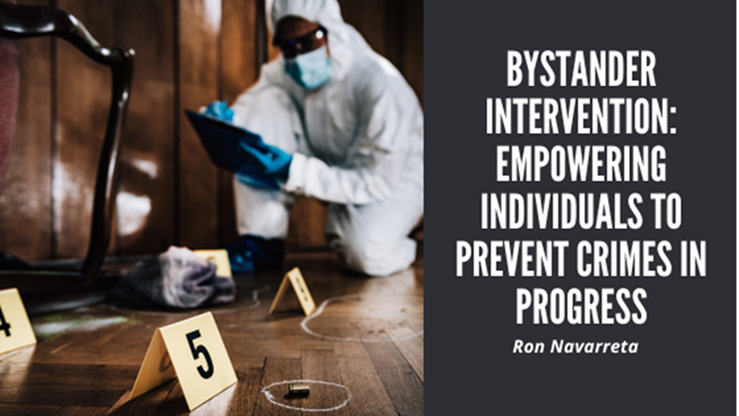In a world where crime can strike unexpectedly, bystander intervention is a powerful tool for preventing and addressing criminal activities. Bystander intervention refers to the act of individuals stepping in to prevent or diffuse a situation where someone is in danger or being harmed. It’s a concept rooted in the idea that collective action can significantly promote community safety and well-being. Bystander intervention helps prevent crimes and fosters a culture of active citizenship and solidarity by empowering individuals to take action.
One of the key strengths of bystander intervention is its ability to leverage the presence of ordinary people in everyday situations. Whether it’s witnessing harassment on public transportation, noticing suspicious behavior in a parking lot, or hearing cries for help in a residential area, bystanders have the potential to intervene and disrupt the escalation of a crime. This proactive approach transforms passive observers into active participants in maintaining community safety.
However, deciding to intervene can be complex and may involve assessing the risks, considering personal safety, and choosing the most effective course of action. Some individuals may hesitate to intervene due to fear of retaliation, uncertainty about the situation, or a lack of confidence in their ability to make a difference. Therefore, promoting bystander intervention requires raising awareness and providing education and training on recognizing signs of potential harm and intervening safely and effectively.
Education plays a crucial role in empowering bystanders to intervene appropriately. By teaching people about the dynamics of violence, the importance of consent, and strategies for de-escalation, communities can equip individuals with the knowledge and skills needed to intervene in various situations. Training programs, workshops, and online resources can offer practical guidance on assessing risk, communicating assertively, and seeking assistance from authorities when necessary.
Moreover, bystander intervention is not just about addressing immediate threats but also about challenging social norms and attitudes that perpetuate violence and discrimination. By promoting empathy, respect, and solidarity, communities can create an environment where bystanders feel compelled to speak out against injustice and support those in need. This cultural shift requires ongoing efforts to promote empathy and understanding, challenge harmful stereotypes, and promote diversity and inclusion.
In addition to individual actions, bystander intervention can also be supported by institutional policies and community initiatives. Businesses, schools, and other organizations can implement protocols for responding to incidents of harassment, violence, or abuse and provide resources and support for bystanders who choose to intervene. Community-based programs, such as neighborhood watch groups or safety patrols, can also mobilize residents to work together to prevent crime and promote community cohesion.
Ultimately, bystander intervention is a collective responsibility that requires the participation and cooperation of everyone within a community. By empowering individuals to take action, fostering a culture of accountability, and addressing underlying factors contributing to crime and violence, communities can create safer and more inclusive environments for all members. Whether it’s through a simple act of kindness or a courageous intervention, each bystander has the potential to make a positive impact and contribute to building a more just and compassionate society.

